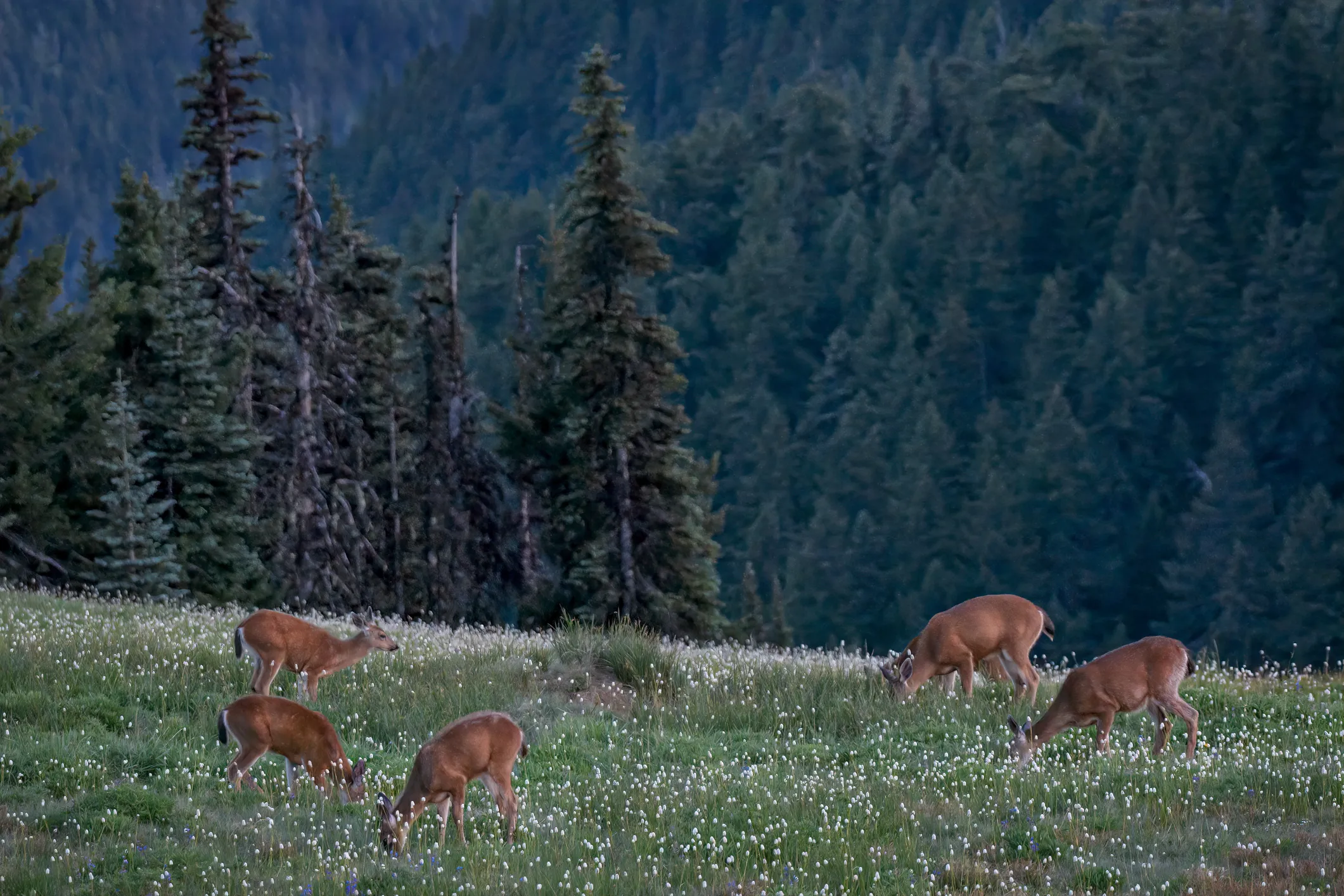

North Carolina Wildlife has shared images of a ghost white deer. But it’s nothing to be afraid of.
Videos by Outdoors
The animal is believed to be leucistic, meaning it has a loss of pigmentation in its skin or fur. A genetic mutation causes the condition. Leucism is different from albinism, which also results in red eyes or noses. In the photo from the state agency, the deer still has dark eyes.
The post on social media from NC Wildlife says a staff photographer searching for birds captured the image.
The sighting of the deer was a lucky coincidence and extremely rare. Only about one in every 30,000 deer is born with leucism or full albinism. Piebald deer which have a mix of brown and white fur, and calico deer, which have blue eyes with black noses and hooves. Both variations are much more common than the ghost-like white of this deer.
The opposite of leucism is melanism. That condition often makes headlines in the animal kingdom with melanistic panthers or “black panthers.”
“Being albino or leucistic isn’t an advantage in the wild, and they tend not to survive for long,” wrote the agency. “Their eyes and skin lack melanin pigment that protects against sun damage, and they’re highly visible to predators. In cities and suburbs, though, albino or leucistic deer have some advantage due to lack of predators and a high-visibility pelt that may help motorists avoid them as they cross the road.”
Beyond being a stunning sight for wildlife experts, white deer are surrounded by myths and legends. Many of these stories, found in both Indigenous cultures of North America and Europe, link the animals to the supernatural or spiritual. One popular tale tells of King Arthur’s frustration in his attempts to capture a white deer.
Wildlife officials did not disclose the exact location of the white deer other than the fact that it’s somewhere in the state of North Carolina.
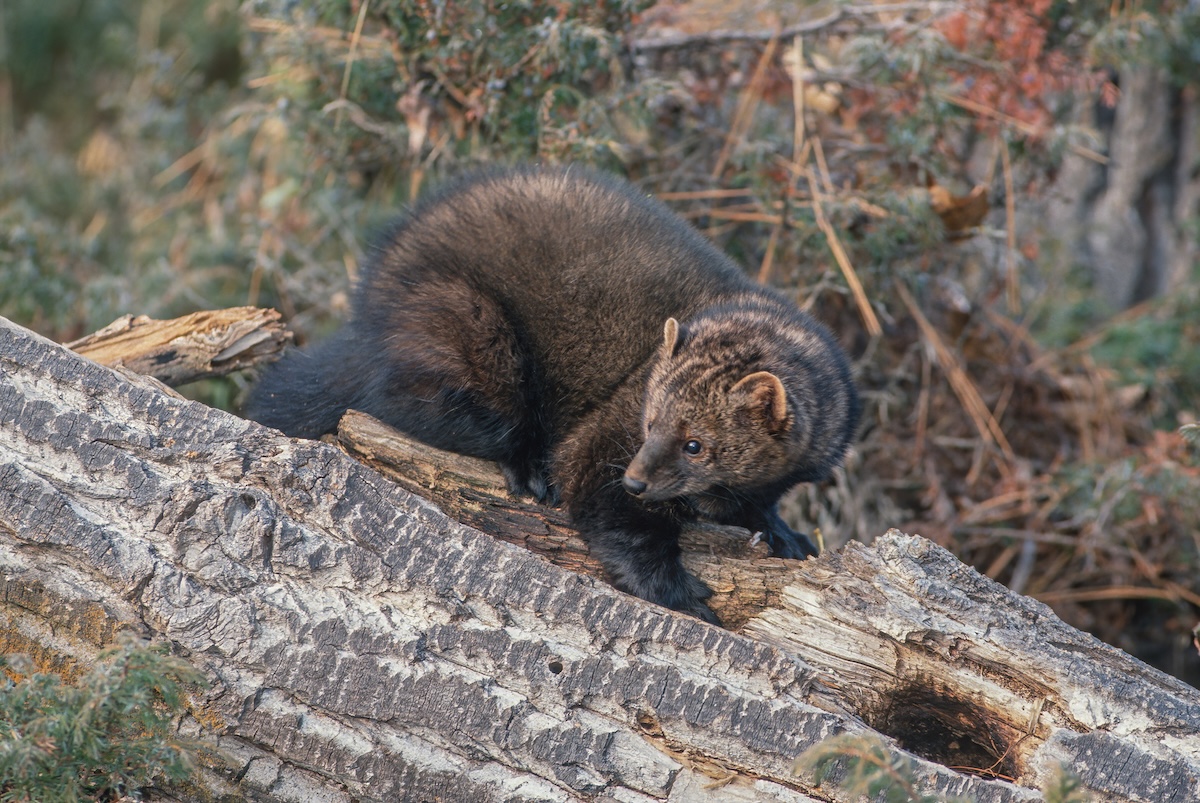


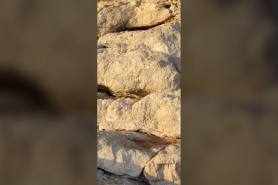


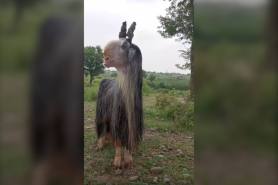
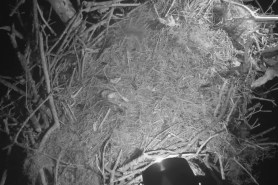
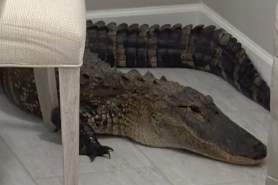

Pingback: Deer Diary: Trail Cams Capture ‘Spiritual Self-Portraits’ of Deer – Outdoors with Bear Grylls - WISDOM HUB